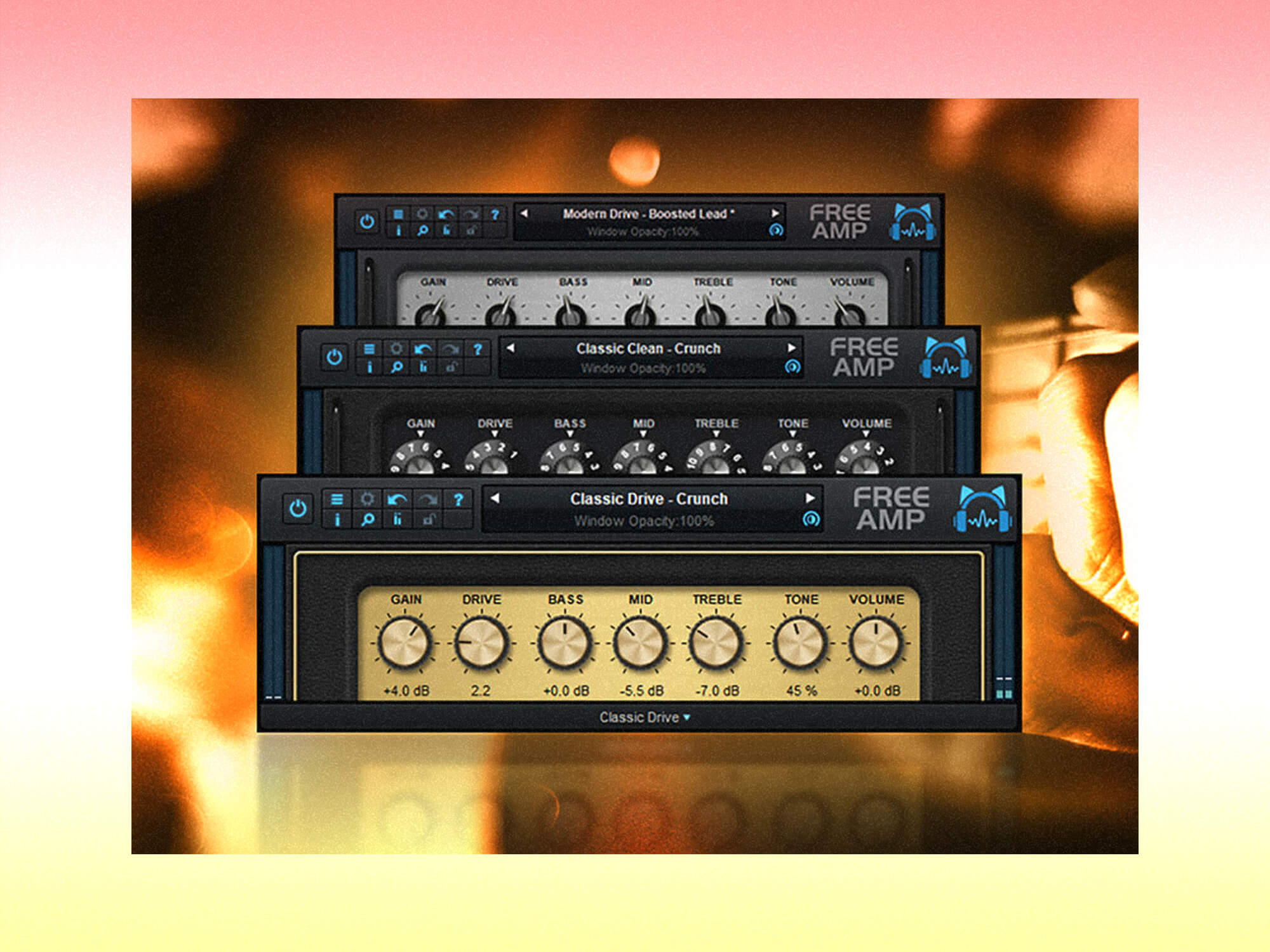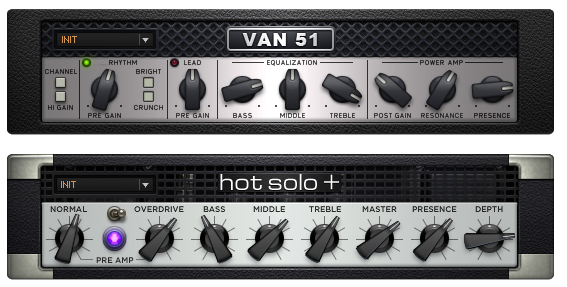
There was also a switch that changed its behavior to compress the dynamic range or restrict the absolute loudest a signal could go, in other words to limit it. Early compressors like theclassic UREI (now UA) LA-2A (LA for Leveling Amplifier) had only an output control called Gain and a control called Peak Reduction, which set the threshold level. Added Control As compressors evolved over the years, designers added more controls to make the devices more transparent sounding in a wider variety of uses. That way only the louder high frequency slapped notes get lowered, while leaving the usually lower fingered notes alone. I use a similar technique when recording slap bass. Then the compressor amplifier will only turn down the signal when a loud high frequency sound goes over threshold.

Imagine inserting an equalizer in the sidechain that only allows high frequencies to reach the detector. The signal path that goes to the detector is called the sidechain. Of course, turning up the output can add noise and bring up all the background sounds you might not want-just like a guitar amp going from 3 to 6 or more. This is how the soft sounds are made louder. This can be used to restore the overall volume of the outgoing signal. Then the signal goes to the makeup gain or output amplifier. When the volume of the input signal is below the threshold, changes in volume at the input come out of the device unchanged. One path takes the signal to an amplifier (the big triangle), and the other sends the signal to a detection device that “tells” the amplifier to turn down the volume when the signal goes over the threshold. To accomplish this, the input signal is split intotwo paths inside the compressor, as shown in the diagram. Experienced engineers continue to “ride gain” when recording and mixing today, as it can sometimes sound cleaner than using a hardware device.Ĭompressors and limiters use amplifiers that can turn down the volume of a signal automatically when the level increases above a user-selected point called the threshold. Conversely, the engineer would raise lower levels of a performance, so it could be clearly heard and recorded. How They Work Before the invention of compressor/limiters (comp/limiters), a sound engineer had to anticipate peaks or reductions in volume and manually lower or raise the input volume control (known as a fader) to prevent incoming signals from overloading and distorting the recorder or broadcast transmitter. Producers often want every sound to have as much impact as possible. The consensus is that louder sounds better, and that listeners don’t want to be constantly changing the volume on their players from song to song, even if this means the dynamics of the music are altered. Record companies and artists don’t want their recordings to be less loud than someone else’s.
#DIFFERENCE BETWEEN GUITAR RIG 5 PLAYER AND GUITAR RIG 5 PRO SOFTWARE#
In the music business, they are the principle weapons in the “Loudness Wars,” both in hardware and software versions. Sometimes described as tools for making loud sounds softer and soft sounds louder, these devices are used in almost every recording or broadcast you’ve ever heard.

The difference is that the average volume level of the commercial is probably louder than the average level of the dialogue in a show.Ĭrucial to both forms of sound delivery are devices called Compressors and Limiters. Although they often sound louder, the loudest part of a television show is as loud as a commercial. True or false: commercials are louder than the shows between them. If you understand that the groove was cut into the disc in such a way that the louder the recorded signal the more the needle (stylus) swings back and forth, you can appreciate how important is was to make sure the louder signals were never allowed to get so loud that the groove crossed over into the previous spiral.

One groove starts on the outside edge of the disc and spirals inward until the lockout part of the groove (where the groove is allowed to make a closed circle) surrounds the label. Quick! How many grooves are there on a vinyl record? If you’re old enough to have played a record on a record player, you’ll realize there is, in fact, only one on each side.


 0 kommentar(er)
0 kommentar(er)
